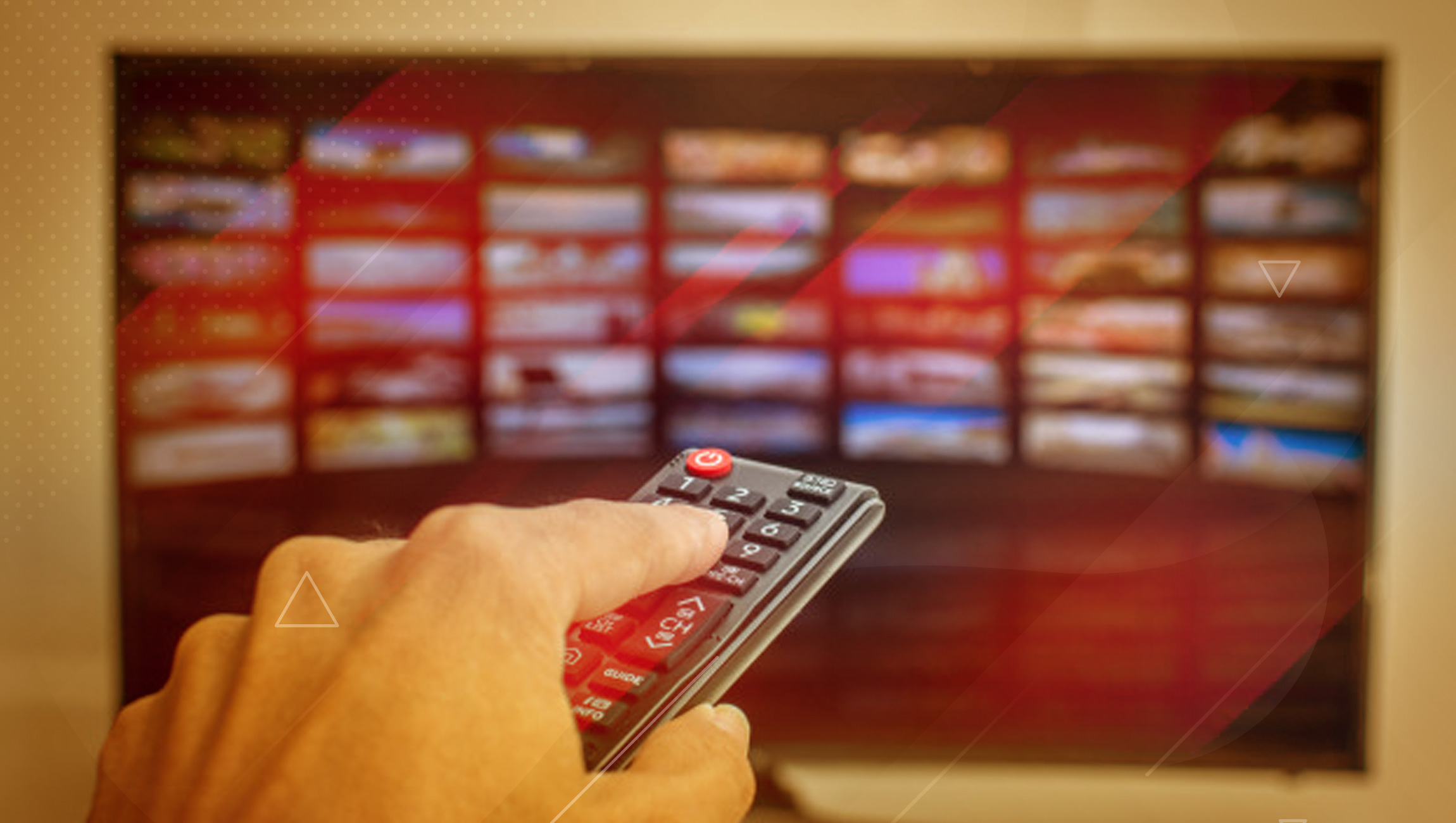TV no longer represents a humble living-room box; it’s an integral and connected part of a broad media mix. Encompassing linear, SVOD, OTT, and online video – to name a few – TV is now a channel that can be accessed across devices, wherever consumers are, whenever consumers want.
But the reality is, the Advertising industry is struggling to keep up with technological change. Not only are brands continuing to adopt outdated approaches to campaign planning – working with siloed creative and treating linear and digital as separate channels — but they are also using antiquated terms to describe the basic mechanics of TV.
Read More: Navigating New Trends in Back-To-School Spending With Agile Consumer Insights
In this three-part series, I’m going to throw out the old TV textbooks and introduce you to a new manual of Marketing metrics.
A – Artificial Intelligence (AI)
AI has become more popular across the TV landscape as marketers realize it’s not as scary as it sounded ten years ago, and can help improve the efficiency of campaigns. With the wealth of consumer data available to brands, AI can be leveraged to digest Big Data and analyze behavior patterns in response to TV ads, identify further opportunities, and optimize campaigns accordingly, delivering targeted creative to consumers and providing a greater return on ad spend.
B – Broadcasting
Broadcasting is a term that has evolved over the years, most people associate it with terrestrial TV. However, it actually refers to the distribution of audio and video content to an audience across any electronic communication device, including radio, TV, digital and streaming platforms.
C – Connected TV
Connected TV is simply a Smart TV, that connects to the internet and allows users to make the most of the digital apps available to them. Regular television sets also fall into this category when users connect them to internet devices, alongside games consoles and connected devices such as Roku and Amazon.
D – Digital Media Ecosystem
Having significantly expanded in recent years, TV is now part of the Digital Media ecosystem. So when marketers strategize for the television landscape, they need to ensure that campaigns can be delivered smoothly across multiple linear and digital devices and formats.
E – Exclusive Original Content
Original content is a key differentiator for services such as Netflix and Amazon Prime, especially now that content producers including Disney, BBC and ITV are starting to pull content from these services in a bid to create their own platforms (Disney+ and Britbox respectively). Marketers should be aware of this evolving trend when planning campaigns, and consider how they can tap into the different audience segments available across platforms.
F – Formats
Ads now come in a variety of shapes and sizes, not just 30-second slots. Whether it’s to raise brand awareness or a direct performance driver, marketers should be experimenting with various formats to find out what works best for their audiences and ultimate Marketing objective.
G – Geotargeting
As brands increasingly recognize the need to understand more about their customers, geotargeting enables marketers to serve relevant messaging – in this case, ads based on location. This is determined via the customer’s mobile device location, zip code submitted when registering for a service or GPS co-ordinates gathered by the platform or app being used. It’s important to bear in mind that, for TV, no personally identifiable data is obtained or shared during the process.
H – High Response Rates
The metrics used to assess the impact of a TV ad campaign have evolved – no longer relying on ratings but instead understanding actual audience response. Research has shown that around half of all media-driven response takes place within three months of a campaign airing and the remainder takes place 3-24 months after a TV campaign has run, highlighting why a longer-term measurement of response is needed to identify engagement that may have previously been missed.




Comments are closed.